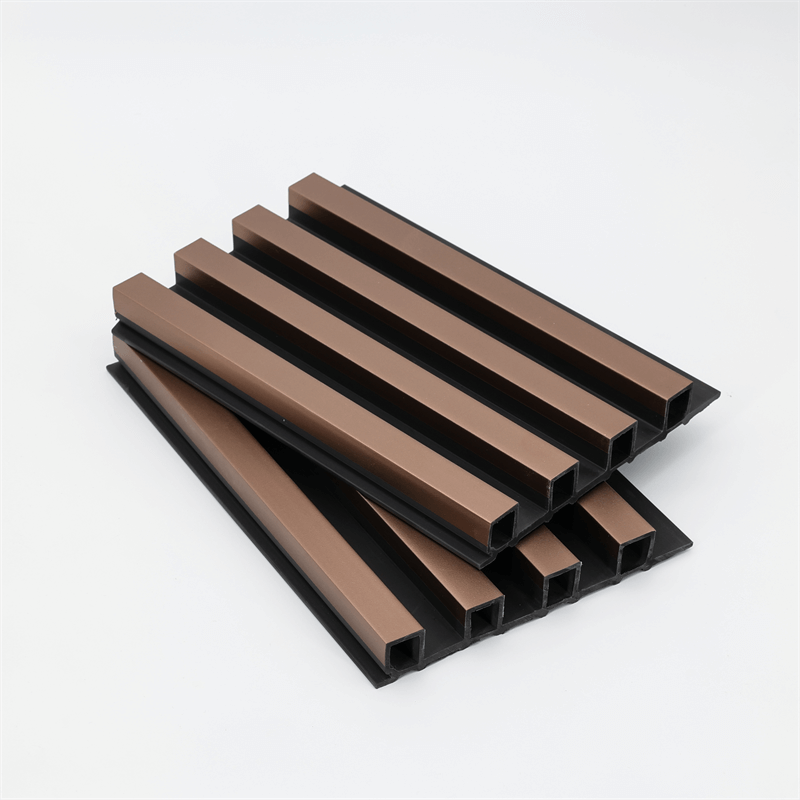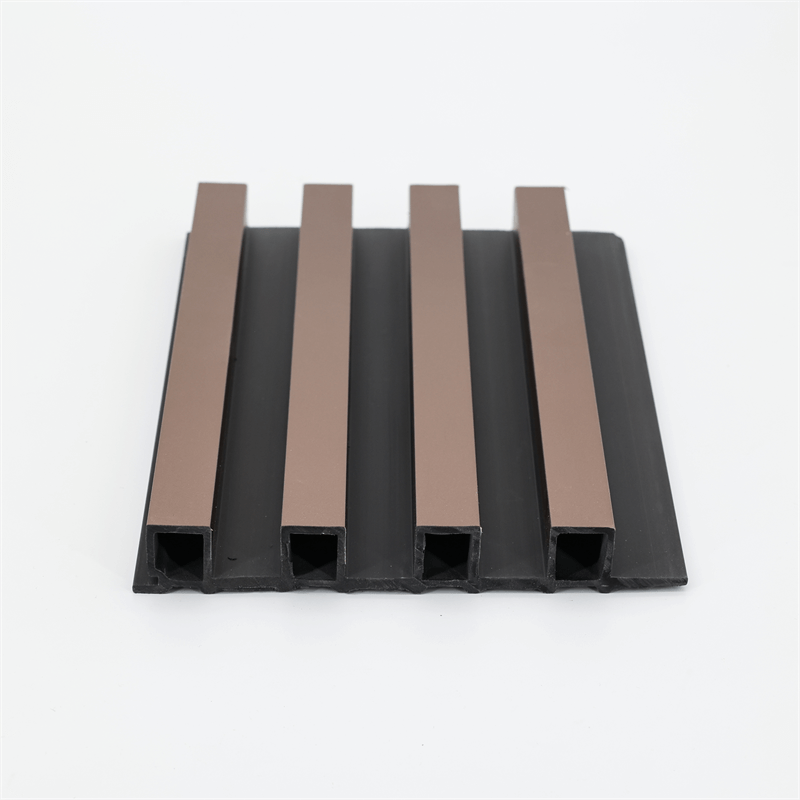In an era of increasing environmental awareness, creating eco-friendly spaces has become a priority for individuals, businesses, and communities.
Wood-Plastic Composite (WPC) wall panels have emerged as a sustainable building material, offering a range of benefits for environmentally conscious design and construction.
This essay explores how WPC wall panels contribute to the creation of eco-friendly spaces, focusing on four key aspects:
sustainable sourcing and manufacturing, reduced environmental impact, energy efficiency, and indoor air quality.
I. Sustainable Sourcing and Manufacturing: Responsible Material Choice
Sustainability begins with the sourcing and manufacturing of building materials. WPC wall panels are known for their environmentally responsible attributes, making them a key ingredient in eco-friendly spaces.
The production of WPC panels often involves the use of recycled materials, such as plastic polymers derived from post-consumer waste.
By incorporating recycled content, WPC panels help reduce the demand for virgin materials, divert waste from landfills, and promote a circular economy.
Moreover, the wood fibers used in WPC panels often come from sustainably managed forests or agricultural by-products, further minimizing the environmental impact.
Responsible material sourcing ensures that WPC wall panels are derived from renewable resources, contributing to the conservation of natural ecosystems.
The manufacturing processes of WPC panels also tend to be more energy-efficient and generate fewer greenhouse gas emissions compared to traditional materials like concrete or metal.
By choosing WPC wall panels, eco-conscious individuals and businesses can make a positive impact on the environment from the early stages of material production.
II. Reduced Environmental Impact: Waste Reduction and Recycling
WPC wall panels offer significant advantages in terms of reduced environmental impact throughout their lifecycle.
These panels contribute to waste reduction and promote recycling practices in several ways.
Firstly, WPC panels themselves can be recycled at the end of their lifespan, reducing the volume of construction waste and minimizing the burden on landfills.
The recyclability of WPC panels ensures that the materials can be repurposed or transformed into new products, extending their useful life cycle.
Secondly, the durability of WPC panels results in less frequent replacements compared to traditional materials.
Their resistance to rot, decay, and insect damage reduces the need for early disposal, minimizing the environmental impact associated with frequent renovations or repairs.
Additionally, the use of recycled materials in WPC panels decreases the demand for new resources, reducing the extraction and processing of virgin materials.
This reduction in resource consumption and waste generation contributes to a more sustainable approach to construction and design.
III. Energy Efficiency: Thermal Insulation and Reduced Heating/Cooling Demands
Creating eco-friendly spaces goes beyond material choices. Energy efficiency plays a crucial role in reducing carbon footprints and minimizing the consumption of non-renewable energy sources.
WPC wall panels contribute to energy efficiency through their thermal insulation properties.
WPC panels provide excellent thermal insulation, helping to regulate indoor temperatures and reduce heating and cooling demands.
The insulation properties of WPC panels help to create a comfortable indoor environment while minimizing reliance on energy-intensive heating and cooling systems.
By reducing the energy required for climate control, WPC wall panels contribute to lower energy consumption, resulting in reduced greenhouse gas emissions and environmental impact.
This aspect aligns with sustainable design principles, promoting energy-efficient practices in eco-friendly spaces.
IV. Indoor Air Quality: Low VOC Emissions and Improved Health Benefits
Indoor air quality is a critical factor in creating healthy and eco-friendly spaces.
Traditional building materials, such as paints, adhesives, and finishes, can release volatile organic compounds (VOCs) that negatively impact air quality and human health.
WPC wall panels offer advantages in terms of low VOC emissions, contributing to improved indoor air quality.
WPC panels are typically manufactured without the use of harmful chemicals or toxic additives, minimizing the release of VOCs into the environment.
This ensures that eco-friendly spaces constructed with WPC wall panels provide a healthier indoor environment for occupants.
Moreover, WPC panels do not promote the growth of mold or mildew, which can further contribute to poor air quality and respiratory issues.
Their resistance to moisture and decay ensures that indoor spaces remain clean, fresh, and free from potential allergens or pollutants.

WPC wall panels have proven to be a sustainable building material that contributes to the creation of eco-friendly spaces.
Through sustainable sourcing and manufacturing, reduced environmental impact, energy efficiency, and improved indoor air quality, WPC panels align with the principles of sustainability and responsible design.
By incorporating recycled materials, WPC panels help reduce waste and promote recycling practices.
Their durability and recyclability contribute to waste reduction, while their thermal insulation properties enhance energy efficiency and reduce heating and cooling demands.
Furthermore, the low VOC emissions and resistance to moisture of WPC panels ensure improved indoor air quality and promote healthier environments for occupants.
Choosing WPC wall panels for the construction and design of eco-friendly spaces reflects a commitment to sustainability and responsible stewardship of the environment.
These panels offer a practical and versatile solution that combines aesthetic appeal, durability, and environmental consciousness, contributing to the advancement of sustainable architecture and design practices.


